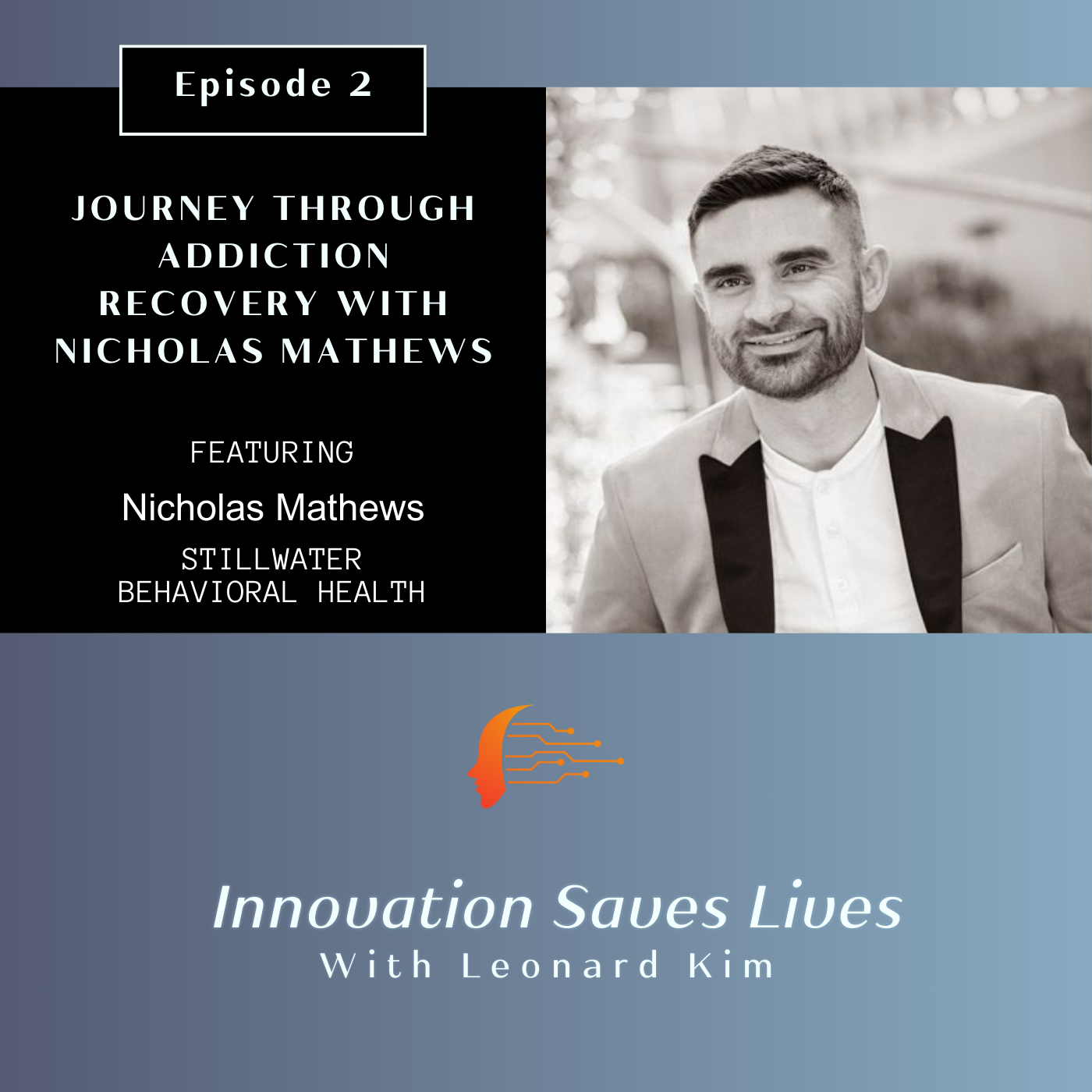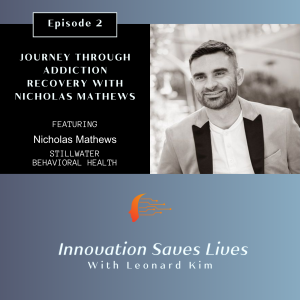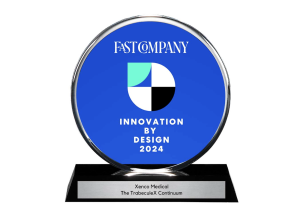In today’s digital age, technology’s impact on healthcare is evident in many areas, from advanced surgical tools to telehealth platforms. Yet, there’s another tech-driven domain that’s quietly revolutionizing the doctor-patient relationship: medical podcasts. Leveraging podcast software, healthcare professionals and enthusiasts are creating content that democratizes medical information, ensuring it is accessible to everyone. This shift promises to bridge the information gap between doctors and patients, making healthcare more transparent and approachable.
The Rise of Medical Podcasts
For many, the term “podcast” brings to mind talk shows, news briefings, or storytelling episodes. However, the podcasting realm has expanded into niches like healthcare, where professionals share knowledge, patient stories, and the latest medical research. This surge in medical podcasts is due, in part, to the simplicity and accessibility of podcast recording software. Such platforms allow individuals, even without a technical background, to produce and distribute high-quality content.
Why Are Medical Podcasts Gaining Popularity?
- Empowering the Patient: In the past, medical knowledge was confined to textbooks, journals, and symposiums. Today, medical podcasts demystify complex topics, enabling patients to understand their conditions better, ask relevant questions, and participate actively in their care.
- Continued Medical Education: Healthcare is an ever-evolving field. For doctors and other healthcare professionals, staying updated is crucial. Podcasts provide a convenient avenue to gain insights into the latest research, techniques, and best practices.
- Accessible Anywhere, Anytime: The beauty of podcasts lies in their portability. With a smartphone and a pair of headphones, anyone can access medical podcasts during their daily commute, workout, or leisure time.
- Enhancing Doctor-Patient Relationships: A better-informed patient is likely to have more productive consultations. By understanding the basics of a medical topic beforehand, patients can engage in deeper, more meaningful conversations with their healthcare providers.
The Role of Podcast Software in Bridging the Gap
The robust podcast software available today is the unsung hero behind this revolution. Here’s how it aids in bridging the divide:
- Simplifying the Creation Process: Modern podcast recording software has streamlined the process of creating podcasts. With intuitive interfaces and built-in tools, even novices can record, edit, and publish episodes with ease.
- Reaching a Global Audience: With the right platform, medical podcasts can be distributed to a global audience, breaking geographical barriers. This ensures that valuable medical insights reach individuals across continents.
- Interactive Features: Many podcast software platforms now offer interactive features, allowing listeners to ask questions, provide feedback, or even participate in polls. This interactivity fosters a sense of community and facilitates a two-way flow of information.
- Analytics for Improved Content: Understanding listener demographics, preferences, and behavior can help podcasters tailor their content. Advanced analytics provided by some podcast software ensures that creators have the data they need to make informed decisions and provide value to their audience.
The Road Ahead
Medical podcasts, powered by cutting-edge podcast recording software, are poised to play an increasingly pivotal role in healthcare communication. They serve as a testament to how technology, when harnessed appropriately, can lead to societal betterment. As more healthcare professionals adopt this medium, the future promises a healthcare landscape where informed patients collaborate with their doctors, leading to better outcomes and a more holistic care approach.
In conclusion, the marriage of healthcare with technology in the form of medical podcasts is an exemplary case of how innovation can make complex knowledge accessible, approachable, and actionable. With the right tools and a commitment to sharing knowledge, the chasm between doctors and patients can be effectively bridged.













